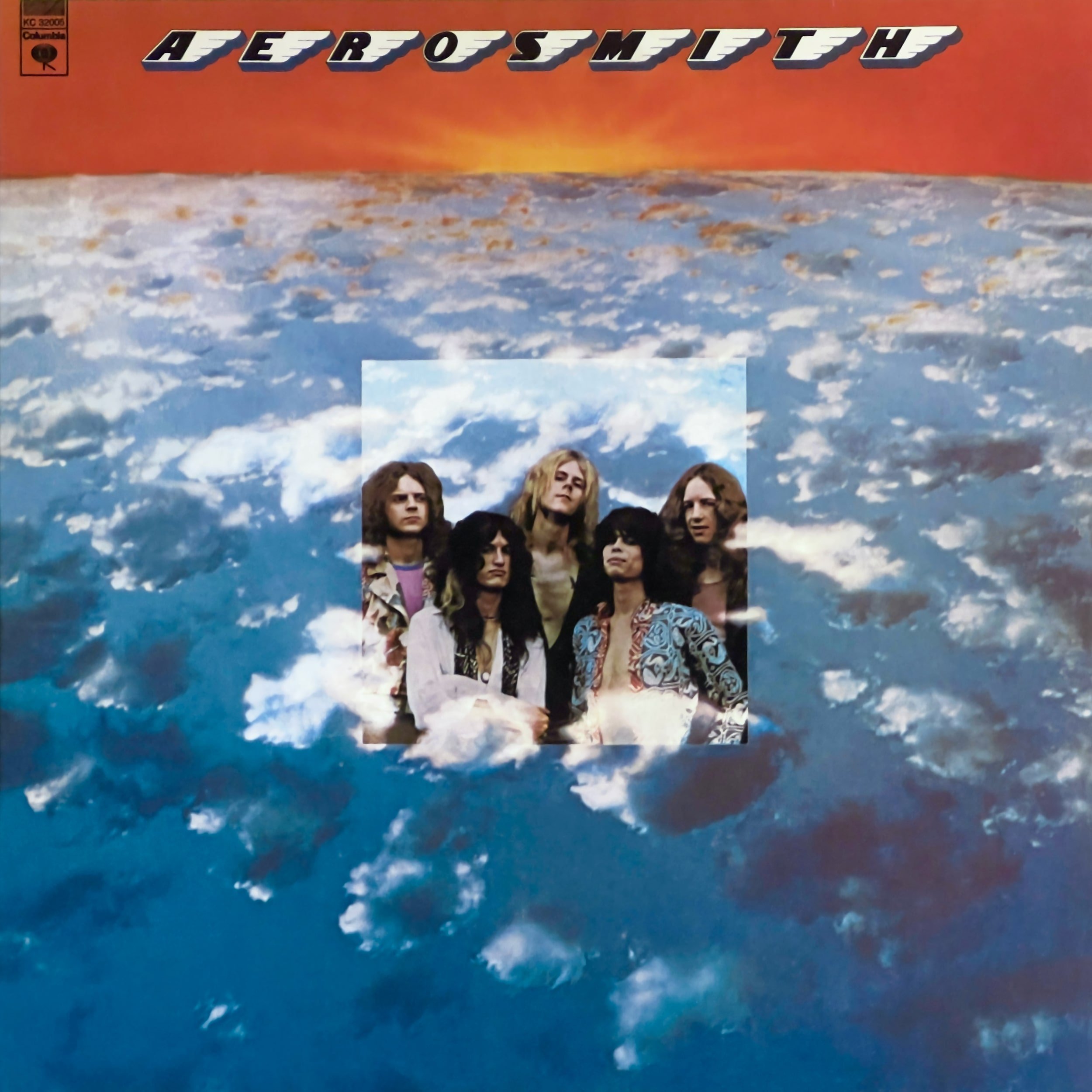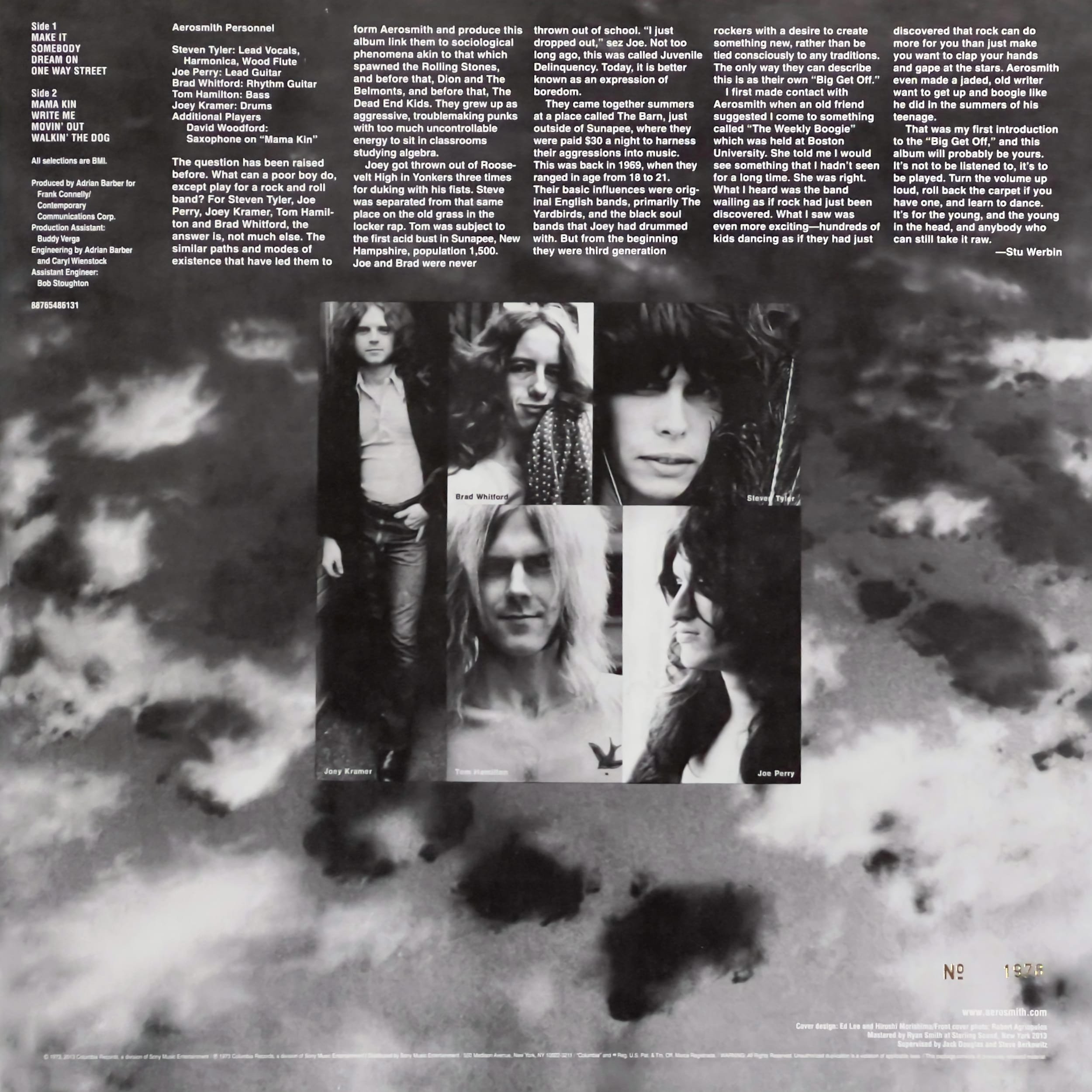Gone are the kitsch, but eye-catching, album covers of Alpert’s creative output with The Tijuana Brass for his solo works, which are equally exceptional, present a less flamboyant flair but just as you should never judge a book by its cover, Rise is one of the most energetically exciting releases of Alpert’s career and is without a doubt one of the best albums released in 1979.
Alluding further to the cover art for Rise, I find it to be stunning with full praise going to photographer Barry McKinley. The perspective vinyl record artwork behind Alpert, along with its lighting and the overall composition, is a work of art that is truly worthy of displaying; especially on vinyl.
While I, unfortunately, don’t own a copy on vinyl, the lossless Apple Music stream, an Apple Digital Master, is sonically magnificent. About the only thing that the vinyl counterpart would bring to the table, minus the larger artwork and the tactility of the format, is a further level of warmth and smoothness to the sound. That said, it really isn’t needed for Rise will have you toe-tapping and head-bopping throughout.
Some may lament the change in direction for there is a little less jazz and mariachi-styled music to be heard here but these styles aren’t missing entirely as Alpert has infused them with disco and rhythm and blues cues; a combination that likely appeals to a wider audience. There’s even a little soft rock to be heard throughout. On paper, it may appear to be a mishmash of creative ideas, particularly as the first half of the album is assigned to original compositions by Andy Armer, Herb Alpert, and Randy Alpert while the second side is a collection of covers, but the proof is in the listening as this is one album you’ll want to play again and again; it’s intoxicating!
1980 opens Rise magnificently, paying homage to Alpert’s core styling while simultaneously introducing new musical elements that set the tone for the entire album. 1980 is most notably transitional and in the best way possible for it becomes instinctive as you listen to interleaving styles that you’re about to hear throughout the rest of the album. Interestingly, 1980 wasn’t written with that intent for it had been earmarked as the official theme for the 1980 Summer Olympics in Moscow only to later be used, arguably more appropriately, for the FIFA World Cup in Mexico in 1986. Despite that, there isn’t a song that Alpert recorded that would have been a better opener for Rise.
Rise was a Billboard No. 1 hit and a Grammy Award-winning song for Alpert and rightly so. Without a doubt, it’s the highlight of the album. Perhaps on a note of disappointment is the fact that Andy Armer and Randy 'Badazz' Alpert, despite being nominated, didn’t win a Grammy Award for Best Instrumental Composition; they truly deserved it! Rise is rhythmic gold with an incredibly immersive soundstage that will captivate your soul.
While nothing can beat the original, Rise was sampled masterfully on The Notorious B.I.G.’s Hypnotise and covered beautifully by Glass Candy.
Behind The Rain slows the tempo a little, certainly throughout the introduction, but its sweeping sound will captivate the senses as it moves between musical influences including a killer rock and roll guitar solo that doesn’t overpower the mix but compliments it.
Rotation has a modern sound that hasn’t aged a day since it was recorded. Yes, good music shares this timeless aspect, but Rotation is a little different for there are few modern musicians that record in a style such as this, yet it sounds as if it was only recorded yesterday.
Street Life is one of the greatest songs ever written and while I adore The Crusaders’ original, Alpert reinterpreted it like no other could. It matches the original, even bests it, yet it quizzically takes nothing away from the seminal recording. Few cover songs are done so exquisitely that they become a celebration of the song itself rather than a bastardisation.
Love Is is the only song on Rise that I feel indifferent towards. While it wasn’t entirely uncommon for Alpert to perform vocally, it isn’t his forte. Musically, however, there’s some exceptional playing if you care to listen beyond the repetitive vocal. Love Is was originally recorded by Bill Withers and while this rendition is very similar, I feel the song is better suited to Withers. Fans of the song will note that Alpert removed all lyrical elements aside from the repetitive chorus. That approach certainly works as the vocal becomes a harmonic musical element, rather than a storytelling device, but I remain unconvinced that the vocal aspect was needed at all.
Angelina has a personality all of its own. It’s the type of song that tells a story without the need for lyrics and is how all good instrumental music should be presented. Angelina has plenty of influences, from various musical styles, with even a little country being mixed with the eclectic sounds of the Caribbean.
Aranjuez (Mon Amour) is a magnificent song and is arguably the closest song on the album to Alpert’s style when performing with The Tijuana Brass. While I’m not sure it’s the greatest version of the tune that I’ve ever heard, as it’s a little too disco-driven, Alpert’s interpretation is exceptionally good and closes the album perfectly.
Alpert may have outsold The Beatles in the 60s but as magnificent as his music was during that era, Rise is quintessentially Herb Alpert; a musical masterpiece if there ever was one.










![Skyhooks – Living In The 70’s (Remastered) [Album Review On CD & Apple Music]](https://images.squarespace-cdn.com/content/v1/565c1ab5e4b05079e4bfa169/1663055027861-3VM8PVPVK7WXS7GD4GPV/Skyhooks+Living+In+The+70s+Album+Cover.jpg)


